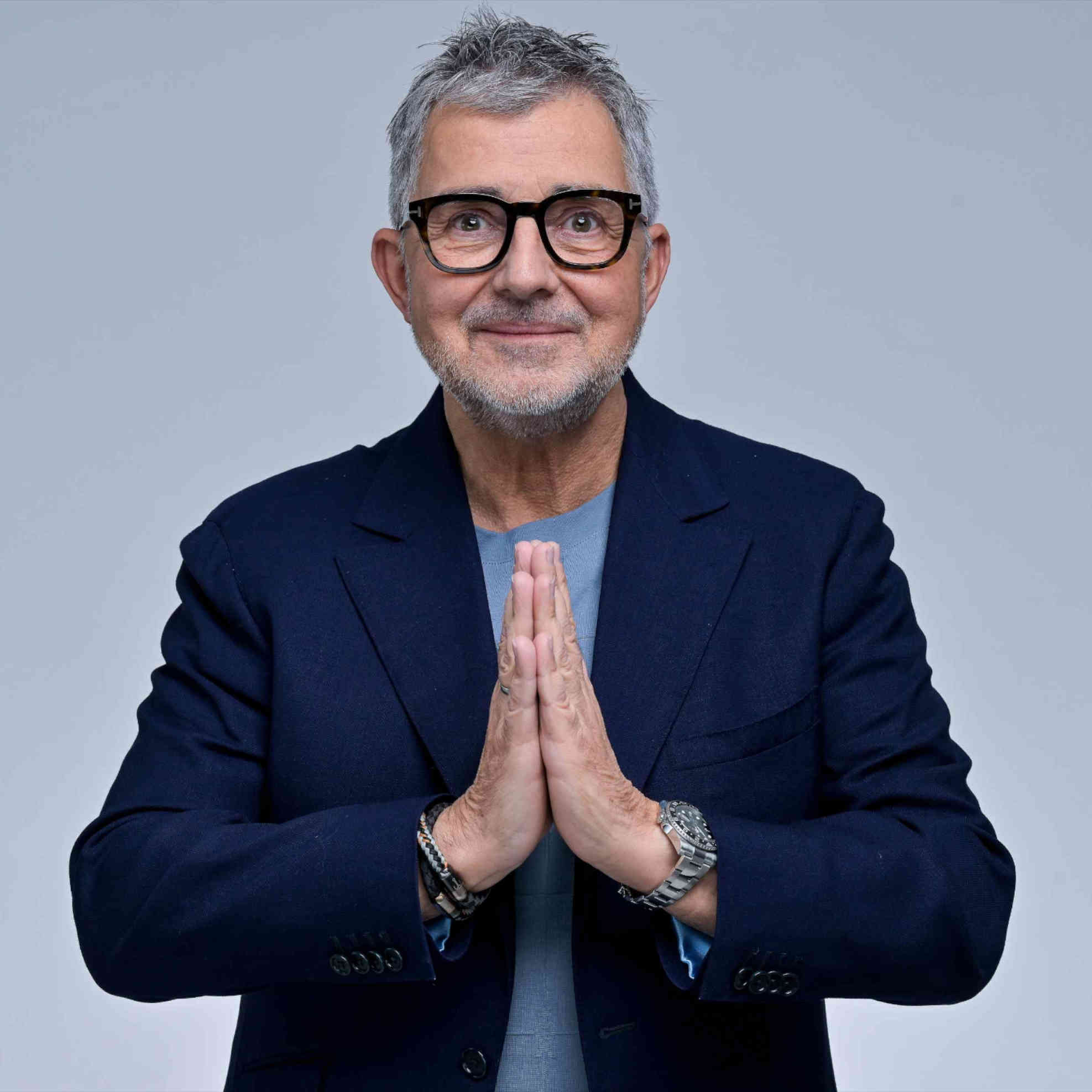
Today, snacks are versatile, practical and sustainable – the new main meal for modern everyday life. Denmark is leading the way: the snack has become socially acceptable there and is establishing itself as a meal option in its own right, moving away from the image of a mere substitute meal. There has been an interesting shift in terminology: the hot evening meal is called “Middag”. During the day, the trend towards smaller, more flexible meals (Frokost in Danish) is gaining ground.
This so-called snackification reflects the fast lifestyle in which small portions replace main meals. Snacks today are not only practical and healthy, but also attractively and sustainably packaged. At the same time, snacking is a profitable market and the industry is on course for growth. Major players such as McDonald's are responding by investing billions worldwide to maintain their position in this dynamic market. And soon even some two-lane drive-ins. Today, the snack segment is more diverse, of higher quality and more integrated into everyday life than ever before.
International influences are shaping the market: while the burger retains its top position as the global “protein sandwich”, new variants such as smashburgers are emerging. Rumors that the kebab could replace the burger are unfounded, but the first organic kebabs and healthier alternatives such as falafel and samosas are gaining popularity. These snacks, inspired by Levantine and Indian cuisine, are appealing to new target groups. Empanadas from Brazil are also convincing as temperature-stable “snack carriers”. Mexican dishes such as tacos and burritos are celebrating a revival that is spilling over to Europe via California, led by chains such as Pink Taco.
At the same time, interest in clean-label snacks with transparent ingredient lists and less sugar or preservatives is growing. New quick service chains such as Greenkarma and Kaspar Schmauser are focusing on healthy and innovative concepts, while egg sandwiches such as those from Berlin-based Bregg are making further inroads into the market.

Vienna-based start-up and-less is revolutionizing commercial kitchens with a simple but ingenious reusable idea: Sustainability in the hospitality industry doesn’t start with the guest’s plate – it often starts much earlier, behind the scenes. One example of this is communal catering: every day, thousands of meals are delivered to schools, nursing homes, and canteens in disposable containers, which end up in the trash immediately after being emptied. Barely visible to the public, this creates a mountain of waste that, according to and-less, is equivalent to the area of around 181 soccer fields every year.
Less alcohol, more flavor, maximum relevance: No & Low is no longer just a sensible compromise, but the most exciting development on the beverage menu. From fermented super drinks to sparkling luxury alternatives – what is emerging here is a new self-image of enjoyment. For the hospitality industry, this means new target groups, new added value, and new opportunities.
From Japan to Vienna: Oak 107 in the 6th district is Vienna’s only Kobe restaurant and one of Austria’s top addresses for fine steaks and exceptional cuts. Selected by Japanese cattle breeder Muneharu Ozaki himself, Oak 107 has been serving his exclusive meat since mid-October. This is an honor bestowed on only a few restaurants in Europe—including renowned establishments in Munich, Amsterdam, and Barcelona—and makes Oak 107 in Vienna a real hotspot.


Today, snacks are versatile, practical and sustainable – the new main meal for modern everyday life. Denmark is leading the way: the snack has become socially acceptable there and is establishing itself as a meal option in its own right, moving away from the image of a mere substitute meal. There has been an interesting shift in terminology: the hot evening meal is called “Middag”. During the day, the trend towards smaller, more flexible meals (Frokost in Danish) is gaining ground.